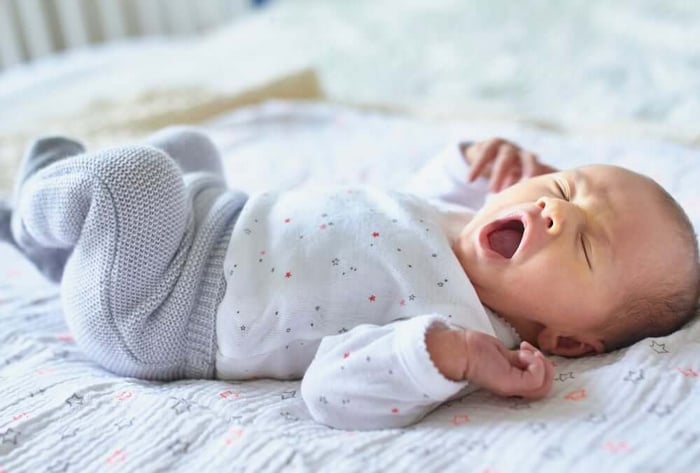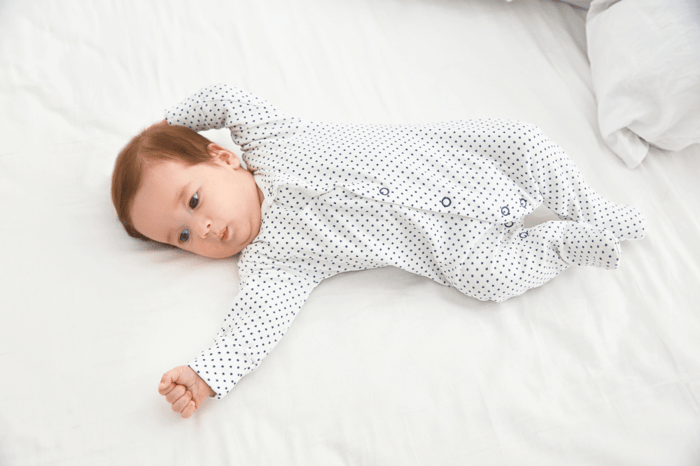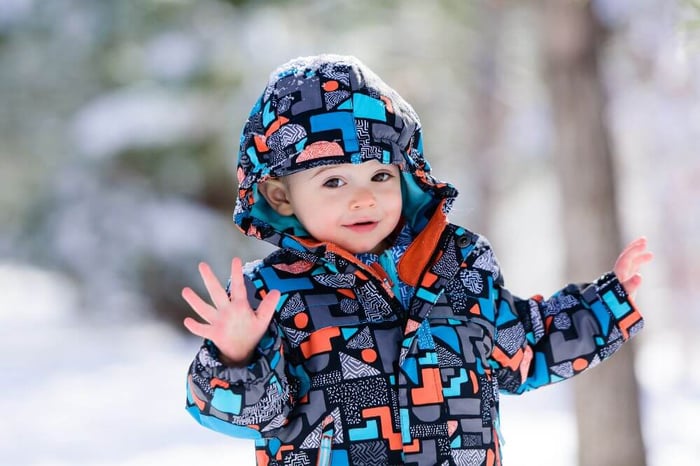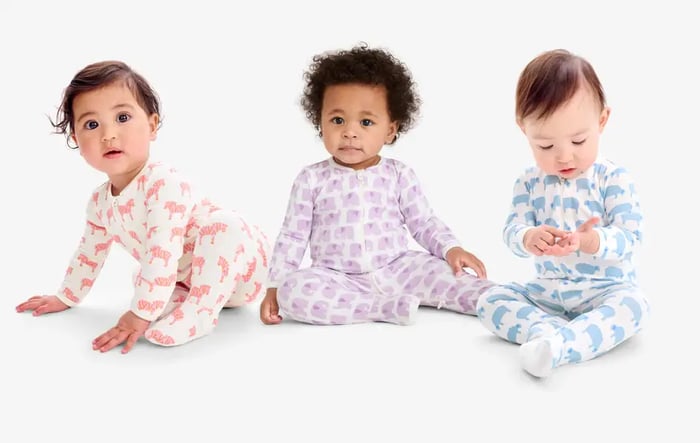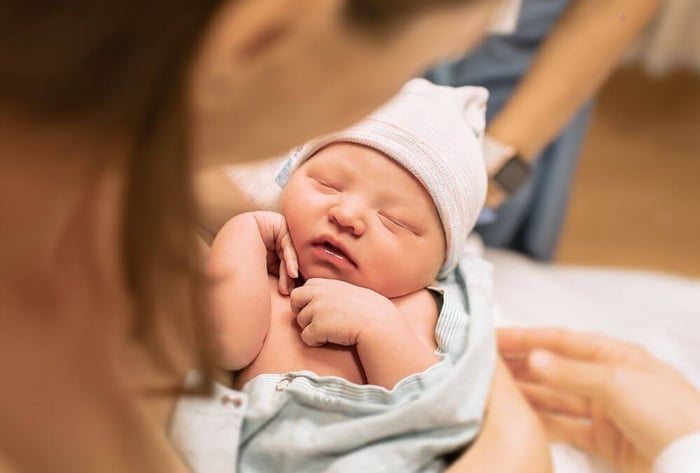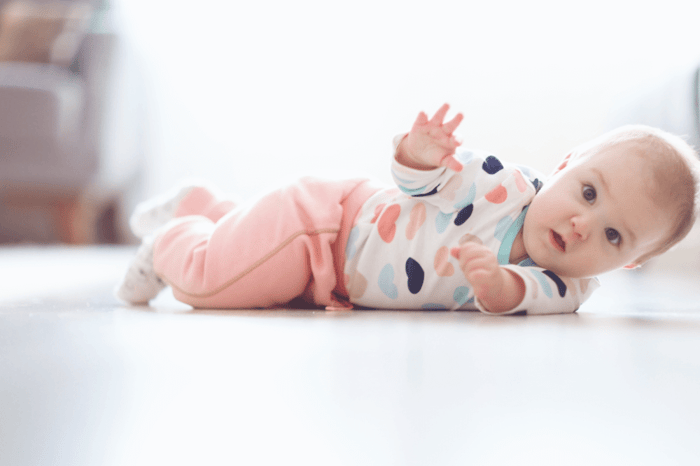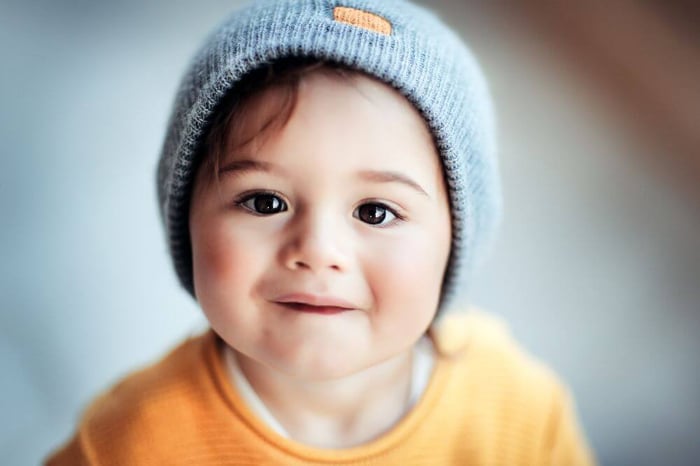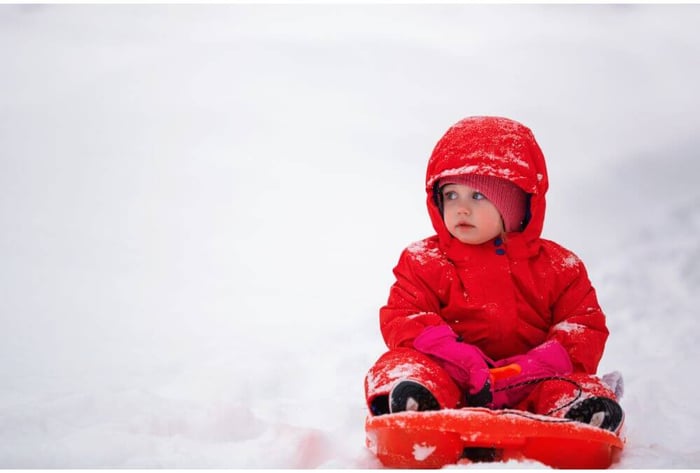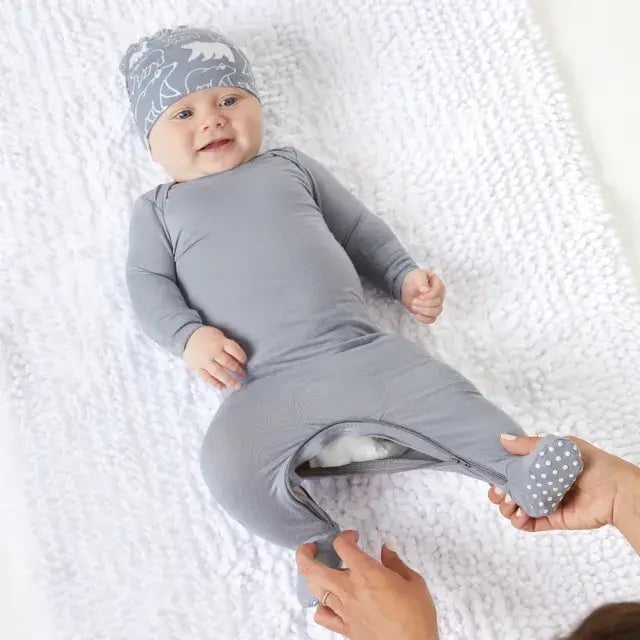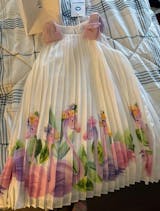How to dress newborn for sleep in winter
New parents struggled to keep their babies warm at night as winter chills set in. Yes, as parents, we have always been there.
In the blind love of our little ones, we wrapped them up in bundles of blankets, which ended up overheating the newborn during sleep. We overdress them, which can cause overheating while undressing them, which makes them prone to a cold environment.
However, maintaining balance is the key to a restful night’s sleep for babies and parents.
Worry not if you have ever been in that situation (all of us have been there).
This guide will let you know the right way to dress your baby at night during winter so that your baby and you can get quality sleep.
Understanding Newborn Temperature Regulation
Here is the thing: the temperature is the first thing we encounter whenever we sleep. If the temperature is good and according to your mood, you'll get good sleep. Otherwise, you'll end up being a night owl.
Newborns can't regulate the temperature of their bodies as effectively as adults.

Unlike adults, newborns have a unique way of regulating their body temperature. Their bodies are still developing their ability to maintain a stable internal temperature, making them more susceptible to environmental changes.
Newborns rely mostly on their environment and clothing to stay warm. Therefore, it is important to understand their delicate temperature control system to ensure their comfort and safety.
Think of your baby as a tiny thermostat- easily affected by changes in temperature.
Ideal Room Temperature For Newborn
As we've discussed, internal and external temperatures are key when talking about newborns.
A cozy, cool, but not cold environment is ideal for newborns' sleep.
The recommended room temperature for newborns is typically between 68* F and 72* F. This temperature range helps maintain a cozy and comfortable environment for newborns' sleep, reducing the risk of overheating or hypothermia.
Use a thermometer to maintain the ideal room temperature. If the room is too overheated, open the windows to let in air.
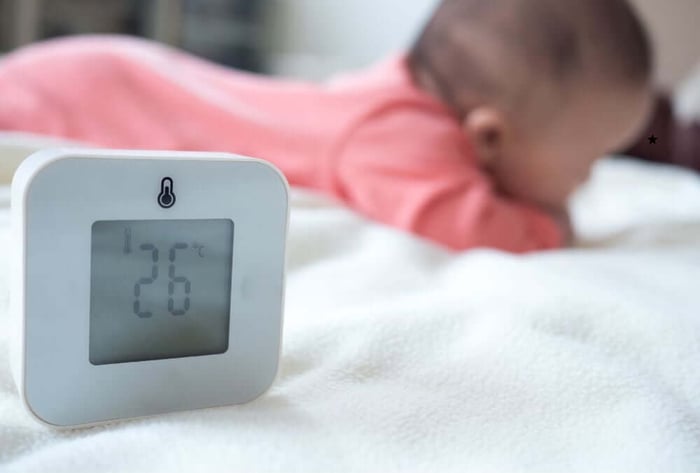
Conversely, if the temperature is too cold, add an extra layer or use a heater (must be placed at a distance).
Interesting Read: Learn how to know if your newborn is too hot.
Layering: The Key to Comfort
Layering!
You probably heard this term many times and maybe didn’t understand it.
Let me walk you through it, and you'll understand how important layering is for your newborn and how you can do it effectively to ensure your baby's comfort.
The general rule of thumb is to dress your newborn in winter to add one more layer than you would wear in the same environment. This approach allows for easy adjustments to their clothing based on individual needs and room temperature.
Another important thing to consider while layering is to add more thin layers rather than one thick layer.
Here are some layers you should add to the dressing of your newborn at night:
Base layer
Start with a soft, breathable base layer such as cotton onesies or bodysuits. Ensure the base layer is not too tight, providing a comfortable foundation that wicks away moisture from the skin.
Middle layer
Add a warmer middle layer, such as a fleece sleeper or thermal shirt and pants. This layer acts as a trapper, retaining heat to warm the body.
Outer layer
Finally, use a sleep sack or blanket as an outer layer. These are designed to provide warmth without any risk of suffocation.
Layering is important because you can easily add or remove layers rather than changing the outfit. You should regularly check your baby's neck and back to adjust the warmth accordingly.

Choosing breathable fabrics
We're done with layering, so let's move on to the different fabrics in which you should dress your baby.
Fabric is one of the most important things to consider while dressing your baby for sleep. Breathable and soft fabrics help maintain the body's temperature by allowing air to circulate. These fabrics reduce overheating and ensure the baby is comfortable at night.
Here are some of the fabrics you should check on:
Cotton
Cotton is the most widely used material for newborn sleepwear. It is a gentle, lightweight material that is gentle on the skin. To ensure the baby stays comfortable at night, cotton suits, onesies, and various pajamas provide a gentle and warm base layer that can soak up moisture from the skin.
Wool
Merino wool is naturally breathable and warm, allowing air to flow through the fabric freely without any restrictions. Moreover, the material can draw moisture away, helping regulate body temperature.
Bamboo
Bamboo fiber is an excellent winter option. Its range of qualities, such as breathability, moisture wicking, and thermal regulation, make it effective for both warm and cold environments. It also helps to keep your baby cozy without the risk of getting too hot.
Fleece
Fleece is a beneficial insulating layer for cooler evenings. It is soft and offers superb heat. However, it is important to ensure that the fleece layer is not too thick to trap heat.
Avoid synthetic fibers such as polystyrene when choosing sleepwear. These fibers are irritating to the skin and can trap heat and moisture. Opt for natural, breathable fibers to ensure that your baby is safe and comfortable.
Essential Winter Sleepwear
Selecting the right sleepwear is crucial to keep your newborn warm and cozy during winter nights. Here are some of the essential items to consider:
Onesies
Long-sleeved cotton or bamboo onesies are perfect for base layers. They provide a snug fit that keeps the baby warm without restricting movement.
Footed pajamas
Footed pajamas are an excellent choice for full-body warmth. Look for options made of breathable fibers, and make sure that they are not too fitted.
Sleep sacks
A wearable blanket, often known as a sleep sack, is a safer option to lose blankets. Because they are available in different thicknesses, you can select one appropriate for room temperature. Sleep sacks keep babies warm all night long and lessen the chance that they may kick off their covers.
Check out this guide on how many sleeping bags are essential for newborns.
Swaddle Blankets
Using a breathable swaddle blanket will help keep younger newborns warm and cozy while they are still swaddled. Ensure the swaddle allows for normal hip movement and is not overly tight.
Thermal Pajamas
Made of materials like fleece or merino wool, thermal pajamas can add extra warmth on particularly chilly evenings. These should be applied in the mid-layer to shield the skin from direct contact and minimize discomfort.
Tips for dressing newborns
As we are done with all the basics of baby dress at night, here are some tips for dressing newborns:
Use a soft and breathable base layer. This helps to wick away moisture and provides a comfortable base.
Depending on room temperature, you can add the insulating middle layer.
A wearable blanket or sleep sack adds warmth without the risk of a loose blanket.
Regularly check the neck and back of your baby at night. Add layers accordingly.
Use a soft hat or mittens if needed, but make sure they're not too tight and remove them once the baby feels enough warmth.
If the newborn is too hot at night, try removing layers from the body. Want to further know how to dress up your infant in winter, check out this GUIDE.
In a nutshell
Dressing your baby for sleep at night in winter can be daunting. But by clearly understanding temperature regulation, layering wisely, and choosing the right fabrics, a parent can ensure that the bay sleeps in a cozy environment.
Make sure you Always monitor the room's temperature at night and adjust the layering accordingly. This guide will help you ensure a calm and cozy night's sleep for your baby on colder nights.
FAQs
Q1: How can I determine if my baby is too hot or cold?
A: Monitoring your baby's temperature can be difficult, but there are specific symptoms to look for. It may be too hot if your baby is displaying red cheeks, sweating, or breathing rapidly. However, if a child shows extreme coldness in their hands and feet, pale or bluish skin, or excessive irritability, they could be too cold.
Q2: Which sleepwear is most effective for keeping babies warm during winter?
A: When selecting sleepwear for your infant, use natural, breathable fabrics that regulate temperature. Merino wool is an excellent option because it wicks away moisture, ensuring your baby stays warm without getting too hot. Cotton is a great fabric because it is comfortable and breathable.
Q3: Can I safely use a space heater in my child's bedroom?
A: Properly utilizing a space heater can ensure its safe usage. Position the infant's crib at a safe distance to minimize the risk of burns. Checking the room's temperature with a thermometer is essential to avoid overheating and maintain a comfortable environment.
Q4: When is the good time to stop swaddling my baby for sleep?
A: Swaddling soothes infants by replicating the comforting environment of the womb. Stop wrapping your baby in swaddling blankets once they start rolling over, which usually occurs between two and four months of age.
Swaddling after this stage can lead to suffocation or harm.

